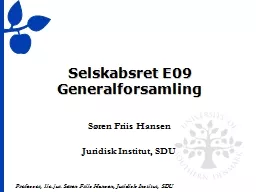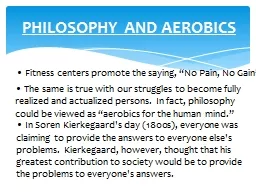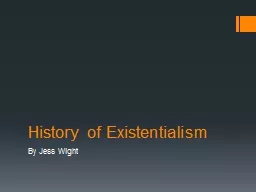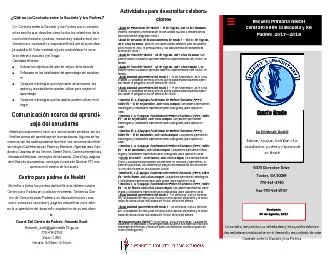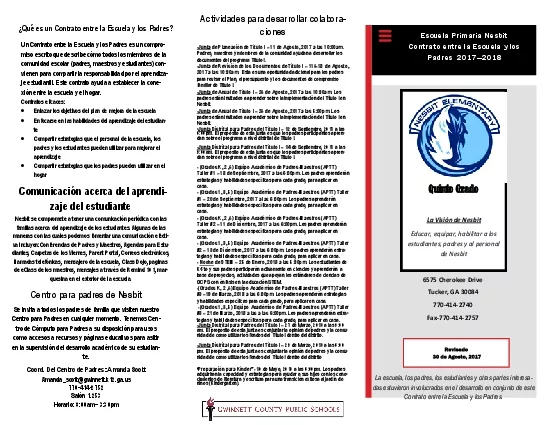PPT-SØren Kierkegaard By: Hima Nesbit
Author : pamella-moone | Published Date : 2018-09-23
Kendall Hart Todd Wright Ethan Conroy Biographical Info Born May 5th 1813 Died November 11th 1855 age 42 Mother Ane Sorensdatter Lund Kierkegaard Father Michael
Presentation Embed Code
Download Presentation
Download Presentation The PPT/PDF document "SØren Kierkegaard By: Hima Nesbit" is the property of its rightful owner. Permission is granted to download and print the materials on this website for personal, non-commercial use only, and to display it on your personal computer provided you do not modify the materials and that you retain all copyright notices contained in the materials. By downloading content from our website, you accept the terms of this agreement.
SØren Kierkegaard By: Hima Nesbit: Transcript
Download Rules Of Document
"SØren Kierkegaard By: Hima Nesbit"The content belongs to its owner. You may download and print it for personal use, without modification, and keep all copyright notices. By downloading, you agree to these terms.
Related Documents


